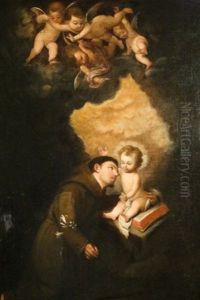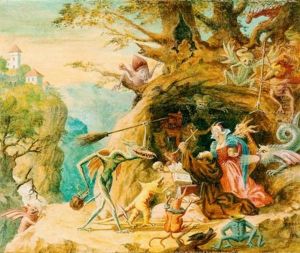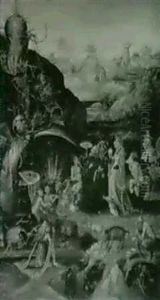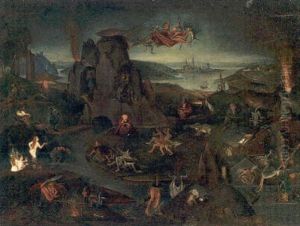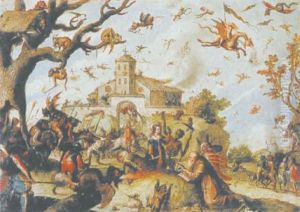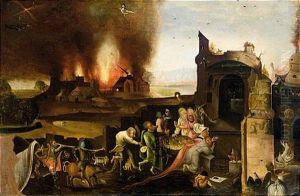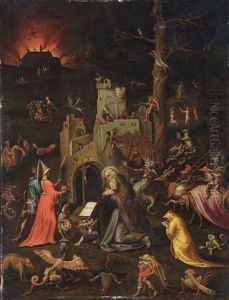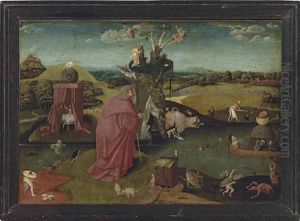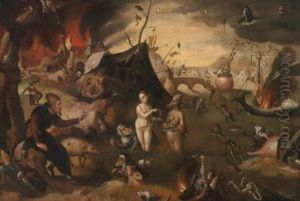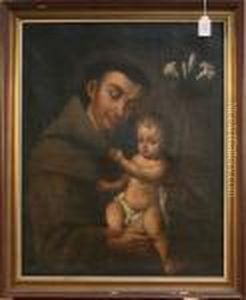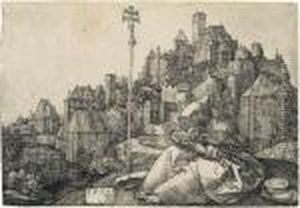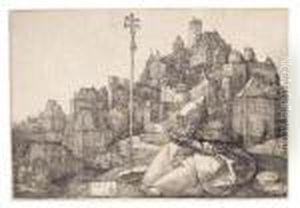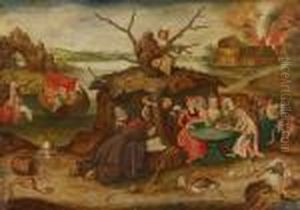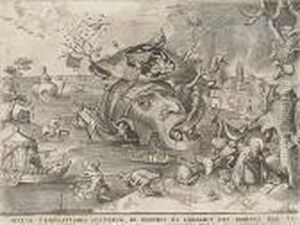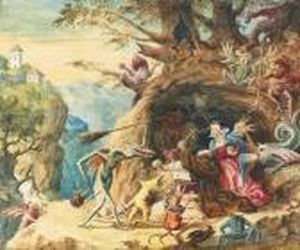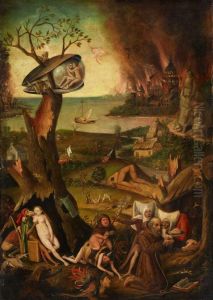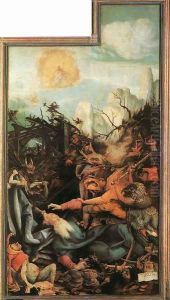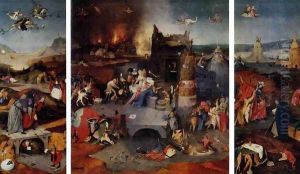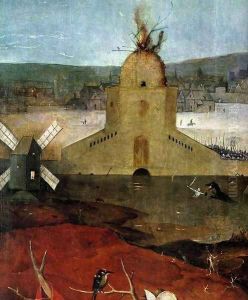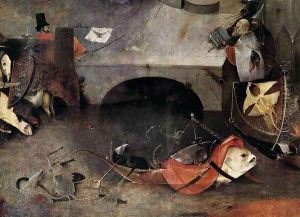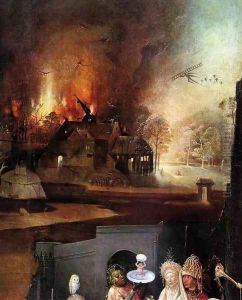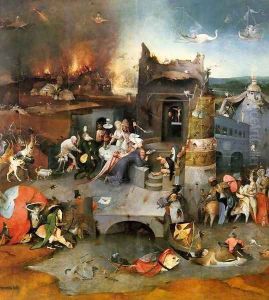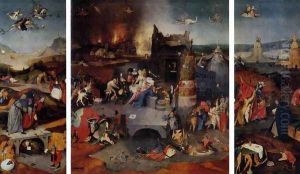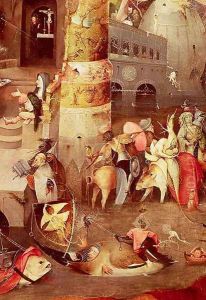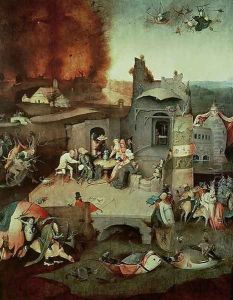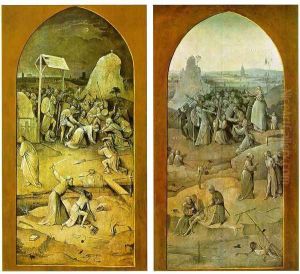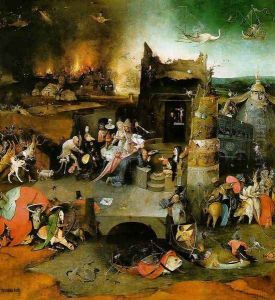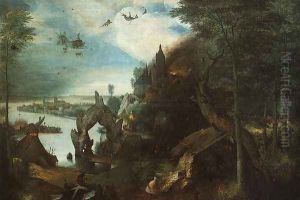Saint Anthony Paintings
Discover Timeless Masterpieces: Saint Anthony Oil Painting Reproductions
The figure of Saint Anthony has inspired countless artists throughout history, resulting in some of the most profound and moving works of religious art. From the solemnity of the Renaissance to the dramatic flair of the Baroque period, depictions of this revered saint capture moments of spiritual devotion, miraculous intervention, and profound contemplation. These classic oil paintings offer more than just aesthetic beauty; they serve as windows into centuries of faith, culture, and artistic genius. For art connoisseurs and those seeking spiritual inspiration, these magnificent works offer a unique connection to a rich artistic and historical legacy.
When exploring art featuring Saint Anthony, it's important to recognize the two primary figures often depicted: Saint Anthony of Padua and Saint Anthony the Great (of Egypt). Saint Anthony of Padua, known as the patron saint of lost items, is frequently portrayed holding a lily, a book, or the infant Jesus, symbolizing his purity, wisdom, and devotion. In contrast, Saint Anthony the Great, one of the Desert Fathers, is often shown as an aged hermit, enduring temptations and spiritual battles, sometimes accompanied by a pig or a bell. Understanding these distinct iconographies enriches the appreciation of each unique masterpiece, from serene devotional pieces to intense narrative scenes like "The Temptation of Saint Anthony."
The artistic interpretations of Saint Anthony span diverse styles and periods, reflecting the evolving techniques and theological insights of different eras. Master painters like Hieronymus Bosch, Matthias Grünewald, Titian, and Velázquez have all contributed to the rich visual narrative surrounding these saints. Whether it's the intricate symbolism of early Netherlandish art or the vibrant realism of the Spanish Golden Age, each painting tells a powerful story. These works are not merely illustrations; they are profound expressions of human faith, struggle, and triumph, making them highly sought after by collectors and those wishing to adorn their spaces with meaningful, museum-quality pieces
